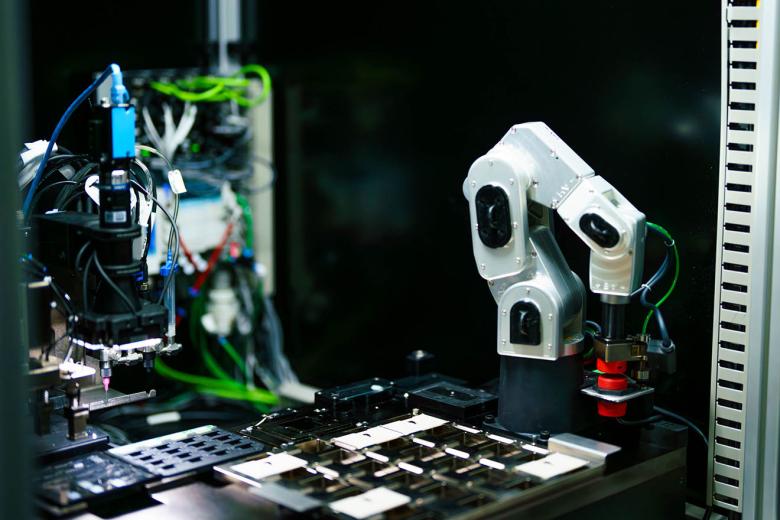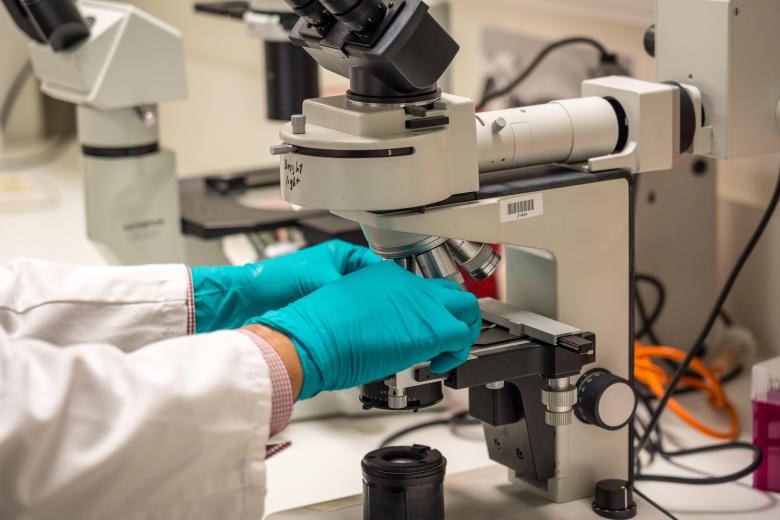People
Our workforce has over 3,500 people, with representatives in more than 60 locations in Australia and overseas. People are our greatest asset and we will continue to invest in their capability and enabling tools and processes.
Over the next 4 years, the department will focus on maturing our people capability to ensure we have the right skills at the right time and in the right place, now and into the future. We are developing a capability and leadership framework to support our people building their skills and knowledge, including a focus on building integrity capability.
We are proud to be a workplace that is accessible and diverse, and we will strengthen our inclusivity by:
- creating career pathways in cloud, cyber and technology-related jobs
- leveraging the dedicated digital accessibility function to ensure access to digital services and technology is accessible for all people
- participating in whole-of-government employment programs, including Indigenous Apprenticeships, Digital Traineeships and Women in STEM
- internal employee networks promoting and supporting a culture of diversity, safety and inclusion.
By increasing our internal capability we have seen a steady reduction in the use of contractors and labour hire staff across the department, halving our numbers since 1 July 2022. We will access the expertise of an external workforce (contractors, labour hire and consultants) predominantly for roles that are highly technical, specialised or require independence. We may also use them for genuine periods of high demand or where recruitment processes have been unsuccessful. We will continue to focus on recruitment of staff into key roles and further reduce our reliance on contractors and consultants in line with the APS Strategic Commissioning Framework. Our 2024–25 target focuses on a reduction of over $1.8 million in outsourcing expenditure.
As part of growing the skills of our people, we are expanding national security training and education opportunities. We are supporting more staff to obtain appropriate security clearances so we can better engage across government on issues of economic resilience and national security.
We acknowledge and support the intent of the National Agreement on Closing the Gap and are committed to fulfilling our role in its implementation. By fostering purpose-driven relationships with First Nations stakeholders, we are working together on place-based solutions for local challenges.
Our approach is supported through our:
This is underpinned by the national rollout of a revised induction program, our psychosocial risk management framework and good work design.
We have geographically dispersed staff across the country. This includes 6 state offices in Brisbane, Sydney, Melbourne, Adelaide, Hobart and Perth. In 2024–25, we will implement a Property Strategy to ensure our properties and facilities enable our people to collaborate and connect in a way that is efficient and caters for the variety of work we undertake. This will include the refit of the Melbourne state office that will take a fresh approach to accessibility, sustainability and the protection of our people, information and assets.
Over the next 4 years, we will consider opportunities to co-locate with other entities in regional and metropolitan areas across Australia. This will allow us to target broader talent and attract the right talent nationally.
Cross government services
Supported by staff located across Australia, our Business Grants Hub works closely with policy partners to deliver grant administration services for 10 different Australian Government agencies.
Additionally, we use our payroll processing and Aurion systems expertise to provide payroll services to 13 Australian Government agencies.
Through our Single Business Service (business.gov.au and business contact centre), we provide cross-government support for businesses, collating information and resources from all levels of government into a single service portal, so that Australia’s business community have what they need, when they need it.
Technology and data
We will continue to build and leverage our technology and data capabilities to achieve better outcomes for government and the Australian people. We will seek to continuously improve the products and services our people use to do their best work, while delivering innovative digital products that improve outcomes for our customers.
A sustainable, efficient, and reliable ICT environment is required to enable staff productivity and effective business-to-government engagement. Over the next 4 years, we will focus on creating secure technology platforms that provide effective and efficient services and make it easier to innovate, collaborate and communicate. We support the government’s vision to become a world leader in cyber security by 2030. We will do this by aligning activities with the 2023–2030 Australian Cyber Security Strategy to build our cyber defences and safeguard our information and systems.
AI presents opportunities to transform public service delivery. However, there are risks with governments’ use of AI that require careful oversight, including legal, privacy, security and ethical risks such as bias and fairness. We are implementing the National Framework for the Assurance of Artificial Intelligence in Government and Australia’s Artificial Intelligence Ethics Principles. We are participating in whole-of-government pilots such as Copilot for Microsoft 365 and trialling other AI assistants, such as GitHub Copilot, to improve the effectiveness and efficiency of our software developers and data analysts. We are also undertaking proof of concept testing by building on data in our Data Science Platform (DSP) and Data Management and Analytics (DMA) Platform.
The dynamic and rapidly evolving data and digital landscape requires greater coherence and connection between our data and digital strategies and initiatives. We will bring together our data and digital strategies to build on our strengths and ensure we remain a leading data and digital organisation. We are maximising the value of data and digital tools and embedding them across our policies and programs. This will support our implementation of the Data and Digital Government Strategy and the Indigenous Data Governance Framework. Our Evaluation Strategy 2024–28 complements this work, supporting evidence-based policy decisions and continuous improvements.
Our growing data and digital strengths empower our people to use:
- increasingly sophisticated modelling and machine learning tools
- geospatial tools to inform place-based policy design
- program evaluation metrics incorporated at the program design stage to allow tracking of program performance from inception to outcomes.









